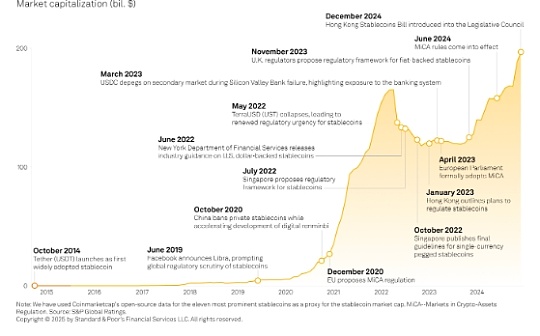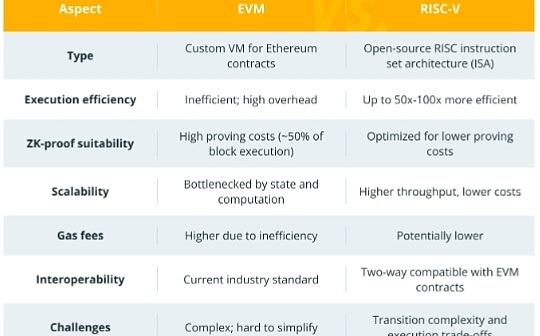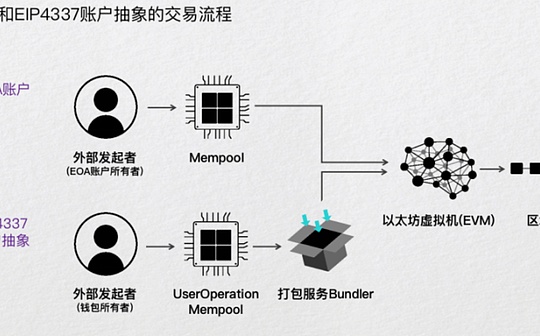
Author: Che Kohler, BTCStudy
Promoting Bitcoin to the next 1 billion people is not an easy task, but we can learn lessons as we grow up.On-chain transactions are not practical for many reasons, economic costs and transaction confirmation time in media transfers, such as your small electronic payments, rewards, and higher-level streaming payments to the settlement layer.The requirements cannot be met.
Layer 2 solutions like Lightning Network are continuing to mature, and millions of transactions are routed every day, reducing the need to confirm transactions on the chain, but this is inseparable from the tireless management of individual nodes.
Lightning Network can operate, but it requires every user to manage their own payment system—run a node, establish a channel, ensure capital volume, and continuously rebalancing the channel.While this may be interesting for ordinary Bitcoin amateurs, and for those who want to earn extra income by running routing nodes, average users won’t get to know these things for routing 69.
The efforts are not proportional to the returns at all, which is why many Lightning Network users choose to use custodial wallets or to keep their own Lightning funds with a Lightning Network service provider.
One of the pain points of Lightning Network’s user experience is startup cost; during the migration to Layer 2, you need a full node to broadcast transactions sent to the chain, establish a channel, and you also need to obtain the collection amount before you receive the payment.This is very different from the user experience of Bitcoin: from the moment you start using the Bitcoin wallet, you can receive payments at any time and receive any large amount.
In order to avoid the hard work of users, technologies such as asynchronous payment and JIT channels have been invented.These methods were proposed to completely change the user’s experience of accessing and interacting in the Lightning Network.
What is a “JIT Channel”?
“Just-In-Time (JIT)” is a concept borrowed from investment management, which refers to creating a channel when lightning payment arrives.The “JIT channel” is initially a virtual payment channel; once the virtual channel receives a payment, one party of the channel (Lightning Network Service Provider) broadcasts an on-chain transaction, anchoring the channel to the chain (making it possibleBecome a regular channel).
In other words, the “JIT channel” is a channel that is responsively opened by the LSP to a customer when payments from the public network enter.This allows customers without a lightning channel to immediately start receiving lightning payments, and the cost of their credited liquidity (the amount of collection) is deducted from the payment amount for this first payment.
This technique is very different from the traditional method.In the traditional model, users must open the channel in advance and the funds they need to prepare to open the channel themselves.
Note: JIT channels should not be confused with “JIT routing”, a technology used to rebalance existing channels to accept payments that might otherwise be denied.
What is the workflow of the JIT channel like?
-
A client wants to receive funds through the Lightning Network, but he does not have any amount of money to collect.
-
This client requires a Lightning Network Service Provider (LSP) to obtain the parameters to open a JIT channel.
-
This LSP returns a SCID (short channel identifier), which is the unique identifier for this channel request.
-
This client generates a Lightning Network invoice containing the SCID and the node ID of the LSP.
-
The client sends this invoice to the person who wants to pay him.
-
Payments are forwarded to this LSP in the Lightning Network.
-
The LSP identifies the SCID and opens a “zero confirmation channel” with the customer.
-
The LSP forwards the corresponding payment to the customer and deducts the handling fee required to open the channel.
-
Customers receive payment.
In other words, the JIT channel workflow allows a customer to receive payments through the Lightning Network even if there is no collection limit.The LSP serving the customer opens a zero confirmation channel to route payment, and deducts the handling fee for opening the channel.After the channel is opened, the client can receive the payment.
Keywords in JIT workflow:
-
Lightning Network Service Provider (LSP): An LSP is a node in the Lightning Network, and it can provide assistance to other nodes, such as opening a JIT channel.
-
Short Channel Identifier (SCID): A unique identifier for a JIT channel request.
-
Invoice: A payment request from a lightning network, which contains the amount to be paid, the node ID of the payee, and other information.
-
Zero confirmation channel: a lightning channel that has not yet been fully confirmed by the Bitcoin blockchain.This means that the funds in the channel are not completely safe yet, but are still very likely to be safe.
Why does Lightning Network need JIT channels?
JIT channels are critical to Lightning Networks for the following reasons:
-
Simplify the introductory process: Opening the channel (locking funds) can be a complex experience for new users.The JIT channel removes this complexity and simplifies the introductory process.
-
Efficient liquidity management: Because channels are created only when needed, JIT can achieve better liquidity management.The funds are locked only when the user’s payment limit is insufficient, which can also optimize the user’s resource utilization.
-
Promoting Adoption: By simplifying the user experience, JIT may promote adoption of Lightning Networks.
Risks of JIT Channels
Unfortunately, because of the settlement speeds of on-chain transactions and lightning payments, the JIT channel has an inherent assumption that the UTXO that rives this channel will eventually be confirmed on-chain, but the lightning payment routed to the client is instant settlement.of.
While JIT channels reduce dependence on the slower blockchain layer of channel construction and processing speed, it also introduces its own trust assumption.LSPs take the risk of forwarding payments and need to trust customers; customers also need to trust LSPs.
The LSP will need to decide how much risk it is willing to take and evaluate the customer accordingly; it may be helpful if the customer can provide LSAT, node ID, or Nostr public keys that can bear reputational losses.
Then, users who have no experience in using it may be limited in the payment scale of the JIT channel.Using a wider LSP can be attacked, but it can also be viewed as a customer acquisition cost (actually, it will only lose some on-chain fees, and the opportunity cost of locking capital in channels that won’t be paid for) and hope to get rewards from trusted customers in the future to cover losses.
Back to distrust and verify
If the client and the LSP do not trust each other, they will be deadlocked.LSPs who do not want to trust customers will detain the channel capital injection transaction without broadcasting until they see the original payment image; while customers who do not trust the LSP will detain the original payment image until they see the original payment transaction; this is the purpose of the JIT channelViolated.JIT channels require trust from both parties to assist in timely liquidity deployment.
The only way to break this deadlock without introducing trust is to use the blockchain to confirm that it is a contract written to ensure that the injecting transaction will be broadcast if and only if the original image is provided to the LSP.
This can be done by using an HTLC: its hash lock branch is signed by the LSP and the client, and the LSP provides a testimony from the hash lock branch spending to the channel capital output point, while the client provides its own signature and original image.In order to confirm the channel capital injection output point.
(Translator’s note: This kind of contract is not a standard hash time lock contract, but it is similar in principle. The hash lock branch requires the signature of both parties, rather than the signature of only one party; and the hash lock is used to enter the same payment.The original image is constructed. The LSP provides customers with signatures to spend funds to the channel capital injection point. Once the customer adds his own signature and original image, the channel can be confirmed by blocks. Of course, both parties mustConstruct in advance. )
But in general, from the perspective of settlement, this is no different from the creation of standard payment channels.
Make liquidity available at any time
Despite these potential drawbacks, it is clear that JIT channels have great hope to make Lightning more user-friendly and efficient.Just like all developments in our field, there must be trade-offs that need to be considered; after launch, the market will determine whether these trade-offs are worth it, whether this method can continue to improve, and what other trade-offs need to be resolved.
In any case, the benefits of introductory guidance and liquidity management have made JIT channels a huge progress in the evolution of Lightning Networks.








